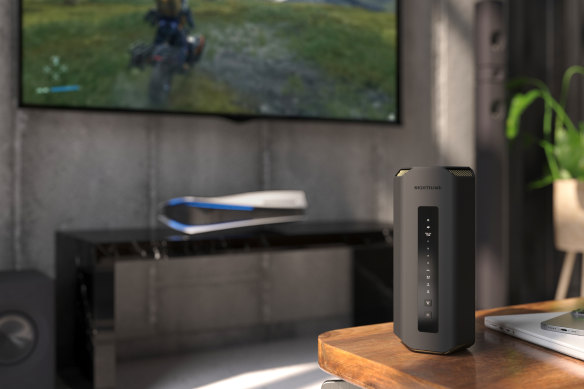
Matter, meanwhile, is like a language. If all smart-home device manufacturers use it for their Thread devices, they’ll all be able to talk to each other.
In the past, you might have needed to buy specific hubs for specific brands of devices (like a Hue hub for your Philips lights), or ensure everything you bought was specifically Homekit compatible because you use Apple devices to run your home. But with Matter, the hub can talk to any device, and they can all talk to each other, so you can mix and match.
The main issue here is that adoption still isn’t where it could be. For example, if you have a hub that supports Matter, but not the Zigbee standard (which is related to but not the same as Thread), you could still end up buying lightbulbs you can’t connect to your home in the most efficient way.
By knowing you have a Thread hub in your home, and checking the packaging on devices to make sure they support Matter and your home assistant of choice, you can cover most of your bases, but it’s still not very intuitive.
The other issue is that the Thread standard doesn’t really force the various manufacturers to collaborate and, if you end up with multiple hubs in your house (say an Amazon Echo device and a Samsung SmartThings), they can and will fight to control your smart home. At CES in January the Thread Group said it is finally addressing this, with an update that will have Thread hubs recognise each other, and work together on one seamless network that will manage your devices together.
Future-proofing with Wi-Fi 7
Odds are, if you have a relatively recent internet router, it works to the Wi-Fi 6 or 6E standards adopted in 2019 and 2020, respectively. But this year has seen the official adoption of Wi-Fi 7, which promises faster and more stable connections, lower latency and a solution to some sticky smart-home problems. But don’t get excited just yet.

Netgear’s Nighthawk RS700 is one of the only Wi-Fi 7 routers available.
For Wi-Fi 7 to be used to its full potential, it needs to be supported by your router and your devices, which it isn’t right now because there are almost no Wi-Fi 7 devices. However, it’s likely that new phones, laptops, TVs and other connected devices released this year will come with support (the Wi-Fi Alliance says 233 million Wi-Fi 7 devices should arrive in 2024), so when you eventually have a Wi-Fi 7 router in your house, the upgrade will be waiting.
Many new routers are multi-band, meaning they can create networks of different frequency simultaneously.
Generally speaking, the higher the frequency the more bandwidth and speed the network will have, but the harder it will be for it to penetrate solid matter and spread further around your home, so for example, a 5Ghz network is faster than a 2.4Ghz network when the device they’re connecting to is near the router.
Loading
While Wi-Fi 6E already introduced a 6Ghz network, Wi-Fi 7 makes the band much wider, meaning your home’s fastest network will also be able to support many more devices and more data at the same time.
I’ve been testing Nighthawk’s new RS700 router, which at $1400 is laughably more capable than I or just about anyone I know would need for a home network. It has a 10Gbps internet and LAN port to spread the fastest of home internet connections to wired and wireless devices around your home, which is about 200 times faster than my home NBN on its very best day.
As one of the first Wi-Fi 7 routers available, it packs plenty of tricks that Wi-Fi 6E routers don’t have, but they’re mostly wasted right now given the lack of devices.
Still, for flinging my files locally around the house, the router has proved to be extraordinarily fast, even if the 6GHz band is starting to get a bit shaky by the time it’s reached from the lounge room to my office on the other side of the house. Most multi-band routers let you merge the bands into one network, with the hardware deciding the best to use for each one. That sounds convenient, but it also brings a bunch of problems.
Some smart-home devices need to be on the same band as each other, so if the router decides one is on 2.4Ghz and one is on 5Ghz they won’t be able to talk. Some older devices also won’t be compatible with the latest security protocols, meaning if you only have one Wi-Fi network you need to lower the security for your entire home. Wi-Fi 7 aims to resolve these problems with something called multi-link operation, which will be able to connect to each device across all bands at the same time, increasing speed, efficiency and communication between devices.
Get news and reviews on technology, gadgets and gaming in our Technology newsletter every Friday. Sign up here.









 Add Category
Add Category